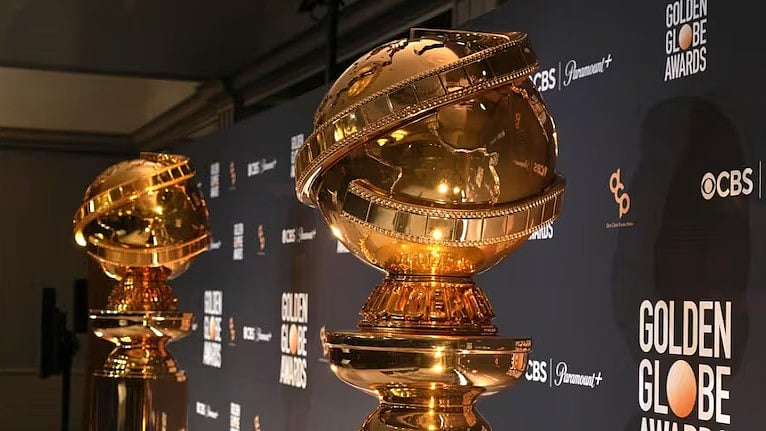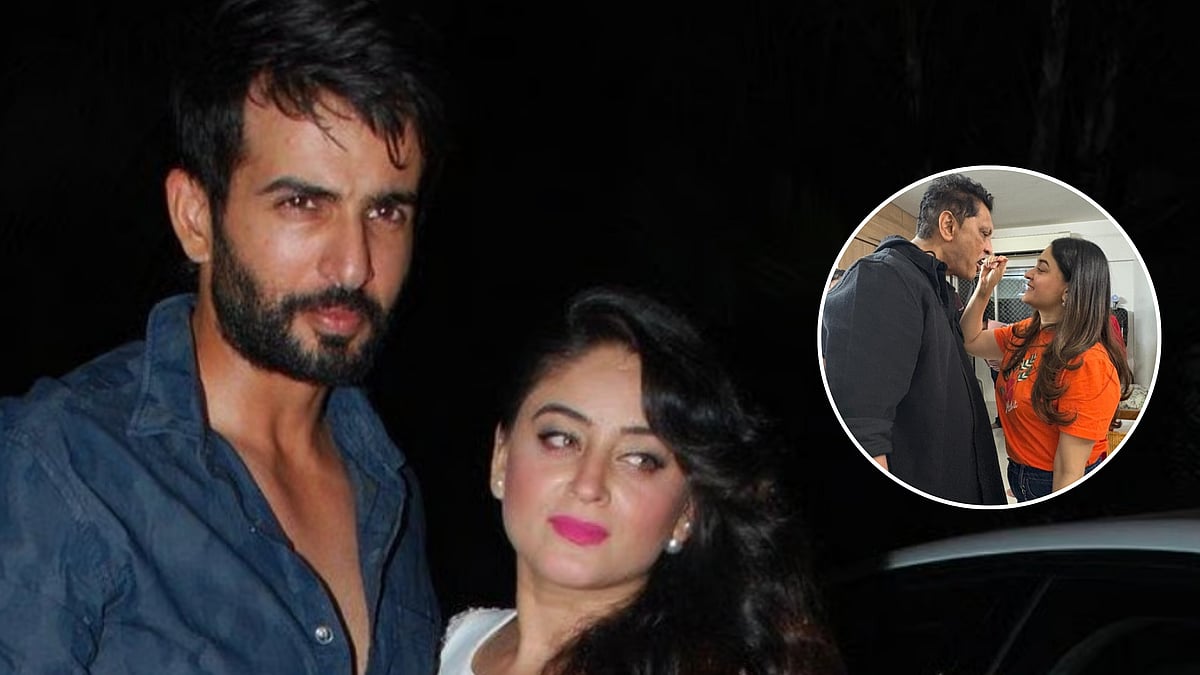The films of Theo Angelopoulos are not easy. They are slow, meditative, melancholic and often rather long with extended shots that can last up to ten minutes without a single cut. Yes, for the uninitiated, it might seem like a tedious watch. But a little patience and you will start to appreciate the true charm of his cinema. And before you’d know it, you will find yourself addicted to it. His films have a quality to make you breathless by their exquisite beauty. Each frame of an Angelopoulos film is like a huge canvas of hauntingly beautiful, lucid painting in watercolour. His films are set on the bleak, cold, misty and often rain-lashed backdrop of North Greece, and the narratives unfold in a deliciously languid pace through slow, sweeping (and often 360 degree) pans, tracking shots, and long takes. A master of Brechtian detachment elements, Angelopoulos’s fondness for certain filmic techniques, such as the God’s eye view shots, stylised and choreographed scenes, and preference of long shots over close-ups makes him an auteur’s auteur. Like Gabriel Garcia Márquez does in his 1967 novel, One Hundred Years of Solitude, Angelopoulos weaves in different time frames and places them into one narrative, often using one single long shot, which liberates his films from the shackle of “here and now.”
Apart from socio-political issues like borders between countries and immigration; the societal deconstruction of and adverse effect on Greek villages post World War II and Civil War; and political instability in the Balkan region, his films also explore the dismal living condition of ordinary people under both Right-wing and Stalinist regimes, and the country’s inability to incorporate its past into the present. The filmmaker’s stories are often about journeys of men who find themselves strangers in their own country.
Like in the films of Luchino Visconti, Carlos Saura, Andrzej Wajda the history of the nation plays an important role in Angelopoulos’s films. He often puts miniscule human figures on the backdrop of a vast landscapes suggesting man’s helplessness while confronting the great forces of nature and also his insignificance in the greater scheme of things.
However, it is not just Angelopoulos who makes his films so distinct. Much of the credit is shared among his frequent collaborators, Yorgos Arvanitis, his cameraman and a master of those really long takes; Eleni Karaindrou, who composes the hauntingly elegiac background score; and, of course, screenwriter Tonino Guerra.
Here are five must-watch Angelopoulos movies (in no particular order)
Eternity and a Day (1998)

This Palme d’Or winner is arguably the most intimate, introspective, and (probably most) accessible work of Angelopoulos. The film, which is the third film of Angelopoulos’s Trilogy of Borders, presents Alexandre (Bruno Ganz), a terminally ill, aging poet. As he prepares to embrace death, he reconsiders his life and regrets that he has wasted so much time without doing anything worthwhile. However, destiny gives him one last chance for redemption, in the form of an Albanian boy (Achilleas Skevis), whom Alexandre rescues from gangsters. He resolves to take the boy back to Albania, and thus begins his journey. As a contemplative Alexandre reviews the life he has lived thus far, he revisits his relationship with his (now dead) wife and occasionally slips into reveries akin to Ingmar Bergman’s Wild Strawberries (1957). However, Angelopoulos’s style is distinctly his own where the past and the present intermingle, timeframes merge, and dreams find ways into reality.
Ulysses’ Gaze (1995)

After spending thirty-five long years in a self-imposed exile in the United States, a Greek filmmaker (who is never named throughout the film and is played by Harvey Keitel) returns to his native Ptolemais to attend a film screening. His real intention is to find the undeveloped reels of Manakia Brothers’ first film, which he believes could serve as an essential tool to understanding the Balkan history. Like a modern-day Ulysses, he embarks on an episodic journey, and his quest takes him through the Civil War torn Balkans of the 1990s. Cinematographers Yorgos Arvanitis and Andreas Sinanos use the wide screen format to brilliantly capture the landscapes of a snow-covered Albania and a bomb-shattered Sarajevo. One of the most memorable scenes in the film is when a disassembled statue of Vladimir Lenin floats down the Danube on a barge. Not only is the scene beautifully shot, but it is replete with symbolism.
The second installment of the Borders Trilogy, the brilliant Ulysses’ Gaze won the Cannes Grand Jury Prize & International Critics Prize in 1995.
The Weeping Meadow (2004)

Set during the same time frame (World War II and the Greek Civil War) of the The Travelling Players (1975), the Weeping Meadow tracks the journey of a teenage orphan girl, Eleni, who elopes with her soon-to-be bridegroom’s son. The son, never named in the film, is also the father of her illegitimate twins whom she had to give up for adoption. Like of many other Angelopoulos films, the story (in medias res) meanders through various timeframes and stumbles upon some of the key events in the history of the nation. The film has some of the best examples of Angelopoulos’s famous tableau shots, and the sheer poetic quality of its visuals makes this film a must watch. In addition to the artistic symbolism and tone, there are some visually stunning and unforgettable scenes. For instance, the scene in which the village floods and the natives abandon their homes via small rowboats portrays slow moving inky black figures on the backdrop of white and muted blue. Another unforgettable image is the macabre sight of a flock of dead sheep hanging from the branches of an enormous tree.
Landscape in the Mist (1988)

The last film of Angelopoulos Trilogy of Silence is also his most sublime one. Landscape in the Mist is a coming of age story of a brother-sister duo—the 11-year-old Voula and the 5-year-old Alexander. The two young siblings leave the security of their home to embark on a dangerous journey through the “landscape in the mist” in search of their father. It is a pursuit for the unattainable, as early on the audience realizes that this “father” doesn’t really exist. The children’s innocence is shattered as they face the cold and merciless world. They survive, however, and the film ends with the two, at night, crossing a river border and finding what may be their “Elysium.” The dazzling image of hope—perhaps Angelopoulos’s best shot at optimism—conveys the duo reaching the opposite side. Here, the mist rises from the landscape, and an outline of a single large tree emerges on the horizon. For the first time, the depressing muted browns, blues, and greys give way to robust bright green. The children run up and embrace it. Is this the end of their journey? Have they found the tree of life? Does it symbolize a father figure? The director leaves it up to the viewer’s interpretation.
The Travelling Players (1975)

Arguably his best work, the film dwells upon the theme of displacement and migration. The film follows an acting troupe repeatedly trying to stage a play, Golpho the Shepherdess. Each time, however, it is interrupted by some historic event or the other. The film boasts some of the best examples of long shots and mise-en-scene—two devices the director profusely experimented with all through his career. There are no protagonists here and hardly any close-ups, as men are seen as part of groups and these groups become part of the landscape. This characterization emphasizes the fact that men, as individuals, are part of a larger design; they are part of their surroundings, their history. However, this Angelopulos masterpiece is not for everyone. Greece’s official entry into the Oscars, the four-hour-long film comprises of mere 80 shots!
Epilogue: It is a strange coincidence that many of Angelopoulos’s films feature the agony of characters whose works of art are left unfinished: In Eternity and a Day, Alexandre struggles to complete a poem. The play The Travelling Players try to stage time and again is always disrupted midway. In Landscape in the Mist, Voula says to her brother, “This story will never get finished” and the Greek auteur died leaving his last trilogy incomplete. Theo Angelopoulos was killed in a road accident on January 24, 2012 while he working on the third film, titled The Other Sea…










